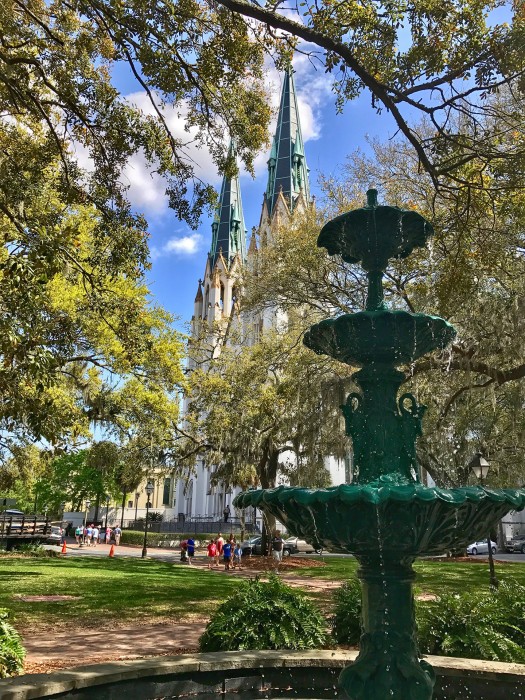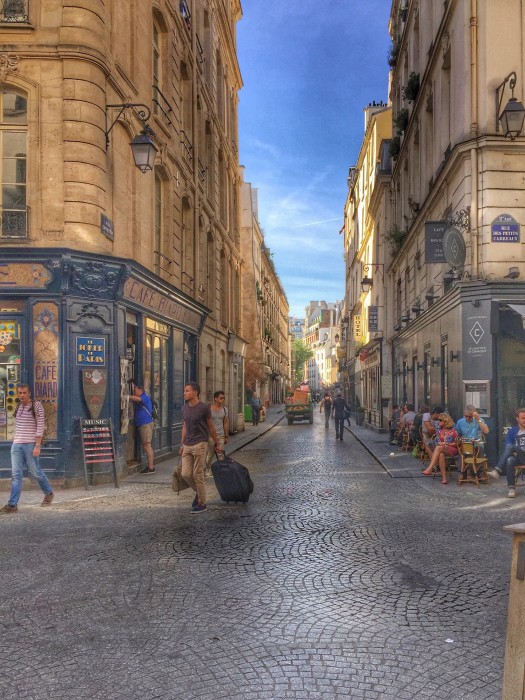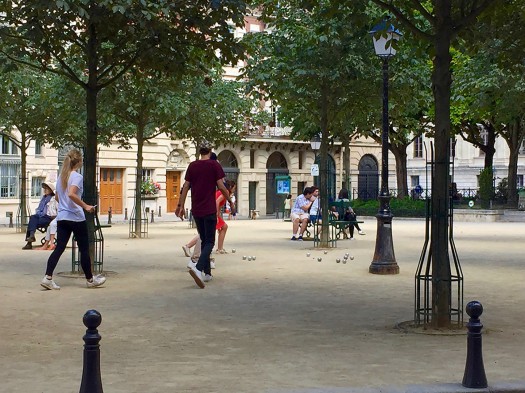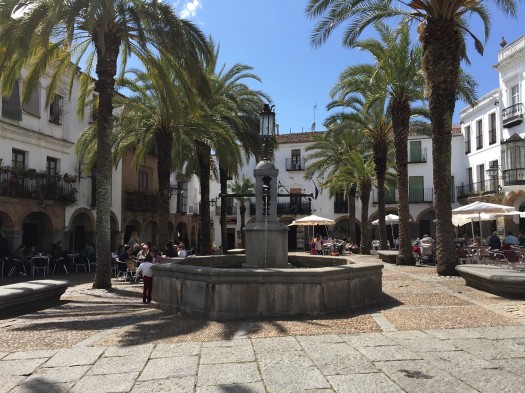Posts Tagged ‘outdoor room’
Lessons From Savannah
Savannah, Georgia is arguably one of, if not the most, beautiful cities in the United States. Although I lived there for a while 25 years ago, on a recent visit I was struck by the many placemaking lessons we can learn from this lovely city. In anticipation of the 2018 CNU Congress in the city,…
Read MoreThe Trifecta: Urbanism, architecture, and nature
We often blog on the benefits of nature integrated into urbanism and wellbeing outcomes of walkability. The real trifecta is when walkable urbanism, human-scale architecture, and nature come together via placemaking. A recent study from the University of Warwick points out that a scenic view delivers equal health benefits to access to nature: “Cohesion of…
Read MoreTriangular Plazas: Flexible, outdoor rooms with meaningful uses
Last year I enjoyed thinking of the critical components of a successful plaza: activity, locals, and a third place. Great plazas are hosts to community engagement any time of the day or evening, they attract both locals and tourists, and always have a third place fronting at least one edge of the outdoor room. A…
Read MoreThe Plaza: What is required for a community living room?
Recent trips to Spain and Germany have me appreciating the nuances of three plazas I had the pleasure of experiencing. Each plaza was a different character and scale from the other, which if I had to sum up simply, I’d call Salamanca’s Plaza Mayor: A City Plaza, Berlin’s Gendarmenmarkt: A Civic Plaza, and Zafra’s Plaza…
Read MoreLessons Learned from Berlin Shopfronts
Like many European cities, Berlin teaches us myriad lessons in building successful shopfronts. While the exclusive international shops along Kurfürstendamm and Friedrichstrasse are elegant and effective, the more creative successes are found in neighborhoods and courtyards. Kaid Benfield’s People Habitat describes in detail the reasons Hackeschen Höfe is so successful at the holistic level, and…
Read MoreMixing Light Industrial with Residential: The artisan’s delight
We’ve talked extensively here on PlaceShakers about how to integrate industrial uses into walkable neighborhoods. And the sorts of land use modifications, often via form-based codes, that are necessary to enable these uses within safe parameters. This week in Berlin, I was particularly inspired by the example set by Hackeschen Höfe, for mixing artisanal manufacturing…
Read MoreGet Your Garden Room Right
Having worked in communities big and small across the continent, we’ve had ample opportunity to test ideas and find approaches that work best. Urban design details. Outreach tactics. Implementation tricks. Many of these lessons are transferable, which is why we’ve created “Back of the Envelope,” a weekly feature where we jot ’em down for your…
Read More




